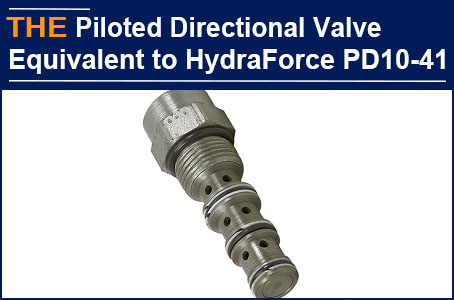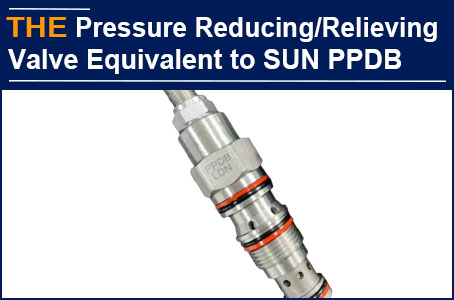German customer David has been purchased hydraulic relief valves in Ningbo in a same factory. At the beginning of last year, David purchased a batch of hydraulic relief valves for crane system in AAK because the original supplier was not able to meet the delivery. He sent an email last week saying: "with AAK hydraulic relief valves, the stability is 8% higher than that of the original supplier, and there is almost no external leakage". This surprised him. The use experience of AAK hydraulic relief valves has benchmarked with their previous local hydraulic relief valve manufacturers in Germany.
The vast majority of hydraulic valve bodies are made of nodular iron, vermicular iron and gray iron and cast with resin sand as the molding medium. Therefore, there is sticky sand in the casting, which is easy to pollute the oil system and block the valve and filter, which is the key factor affecting the stability of hydraulic relief valves. Most of the common sand cleaning methods of hydraulic relief valves used in the industry are shot blasting and electrochemical sand cleaning, all of which have limitations.
1. Shot blasting can not completely remove the sticking sand from the valve hole with complex structure and small oil passage, which is easy to affect the tightness and product accuracy, and is not conducive to the stability of the hydraulic relief valves.
2. Electrochemical sand cleaning can relatively remove the sticky sand in the narrow oil passage, but it has high energy consumption, high operation intensity of workers, easy to have human errors, can not completely remove the sticky sand, and is not conducive to the stability of the hydraulic relief valves.
Improving the quality of hydraulic parts processing process, improving the cleanliness level and ensuring the stability of hydraulic relief valves has always been the hard index of AAK hydraulic relief valves. Auxiliary processing of hydraulic parts mainly includes: sand cleaning of valve body, deburring or residue treatment of parts and cleaning of hydraulic parts. How does AAK do the sand cleaning of hydraulic relief valves?
AAK technical team has continuously improved the sand cleaning process of hydraulic relief valves after years of technical improvement. For the sand cleaning of small complex castings, AAK has its own unique AAK sand cleaning 5 methods, namely: artificial aging - Pickling - rinsing - rust prevention - ultrasonic cleaning. Artificial aging is used to reduce the binding force between the casting and sand, acid pickling is used to remove the oxide skin at the joint between the sand and the casting to peel the sand from the casting, and then the explosion of compressed air during ultrasonic cleaning is used to peel off the sand, so as to achieve the purpose of sand cleaning.
AAK has its own unique advantages of AAK sand cleaning 5 methods: (1) it is less affected by the casting structure; (2) it is carried out before machining and does not affect the arrangement of machining process; (3) although it has a certain impact on the environment, antifogging agent is added during pickling to reduce the impact. At the same time, corresponding corrosion inhibitor is added during pickling, and rust prevention treatment is carried out immediately after rinsing to ensure the stability of hydraulic relief valves. This is also the reason why the stability of AAK hydraulic relief valves is more than 8% higher than that of other manufacturers.
The stability of AAK hydraulic relief valves comes from AAK unique and efficient sand cleaning methods. You are welcome to try an order!
AAK HYDRAULIC VALVE (189) 2022-04-07
 Pressure Reducing/Relieving Valve equivalent to HydraForce PR10-36 that AAK developed last March, is approved by the Russian customer after 1 year
Pressure Reducing/Relieving Valve equivalent to HydraForce PR10-36 that AAK developed last March, is approved by the Russian customer after 1 year
 Piloted directional valve equivalent to HydraForce PD10-41 passed testing, AAK received the more inquiries from customer in the United States
Piloted directional valve equivalent to HydraForce PD10-41 passed testing, AAK received the more inquiries from customer in the United States
 For Pilot-Operated Pressure Reducing/Relieving Valve equivalent to SUN PPDB-LDN, AAK received the re-peat order from customer in Europe
For Pilot-Operated Pressure Reducing/Relieving Valve equivalent to SUN PPDB-LDN, AAK received the re-peat order from customer in Europe
 For Hydraulic Flow divider/combiner valve equivalent to HydraForce FD50-45, AAK received the trial order from a Customer in the United States
For Hydraulic Flow divider/combiner valve equivalent to HydraForce FD50-45, AAK received the trial order from a Customer in the United States